Choosing your first guitar is an exciting milestone in your musical journey, but with so many options available, it can also be overwhelming. The right guitar usually can inspire you to practice, improve, and enjoy your playing, while the wrong choice might lead to frustration and discouragement. To help you make the best decision, here are five essential tips for selecting the perfect guitar for new players.
Determine Your Budget
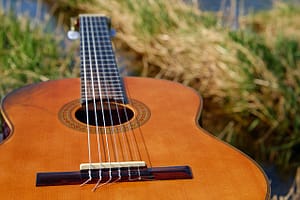 Before diving into guitars, it’s essential to set a budget. They come in a wide range of prices, and while it might be tempting to go for the most expensive option, it’s only sometimes necessary for beginners. Set a budget to purchase a quality instrument without breaking the bank. Spending between $150 and $300 can get you a solid entry-level guitar with good sound quality and durability. Remember, you can upgrade as your skills improve.
Before diving into guitars, it’s essential to set a budget. They come in a wide range of prices, and while it might be tempting to go for the most expensive option, it’s only sometimes necessary for beginners. Set a budget to purchase a quality instrument without breaking the bank. Spending between $150 and $300 can get you a solid entry-level guitar with good sound quality and durability. Remember, you can upgrade as your skills improve.
Choose Between Acoustic and Electric
One of the first decisions you’ll need is whether you want an acoustic or electric guitar. Both have advantages, and the best choice depends on the style of music you’re interested in playing. Beginners often favor acoustic guitars because they don’t require additional equipment like amplifiers. They’re great for playing various genres, from folk to pop. On the other hand, electric guitars are more accessible to play because they typically have thinner necks and lower string tension, which can be gentler on your fingers. They’re ideal if you’re drawn to rock, blues, or metal.
Consider the Guitar’s Size and Shape
Comfort is critical when choosing a guitar, especially for beginners. The size and shape of the guitar should match your body type and arm length. Smaller players or younger beginners may find full-size guitars too cumbersome, so consider smaller models like ¾-size or parlor guitars. The shape of the guitar body also affects comfort and sound. For instance, dreadnought acoustics offer a rich sound but may feel bulky, while concert or auditorium shapes are more comfortable to hold and play. Electric guitars come in various shapes, so try a few to see which feels best.
Check the Guitar’s Action
The action is the height of the strings above the fretboard, and it plays a significant role in how easy the guitar is to play. A guitar with high action requires more pressure to press the strings down, which can be challenging for new players. Conversely, a low-action guitar is more accessible to play, making it more suitable for beginners. When testing guitars, remember how the strings feel under your fingers. If the action feels too high, look for another model or ask if the store can adjust it.
Test Before You Buy

If you’re buying online, check the companys return policy to ensure you can exchange or return the guitar if it doesn’t meet your expectations. Selecting the best guitar for new players involves considering your budget, choosing between acoustic and electric, finding the right size and shape, checking the guitar’s action, and testing before you buy. By following these tips, you’ll be well on your way to finding a guitar that suits your needs and inspires you to play and improve. With the right instrument, your musical journey will be off to a great start.
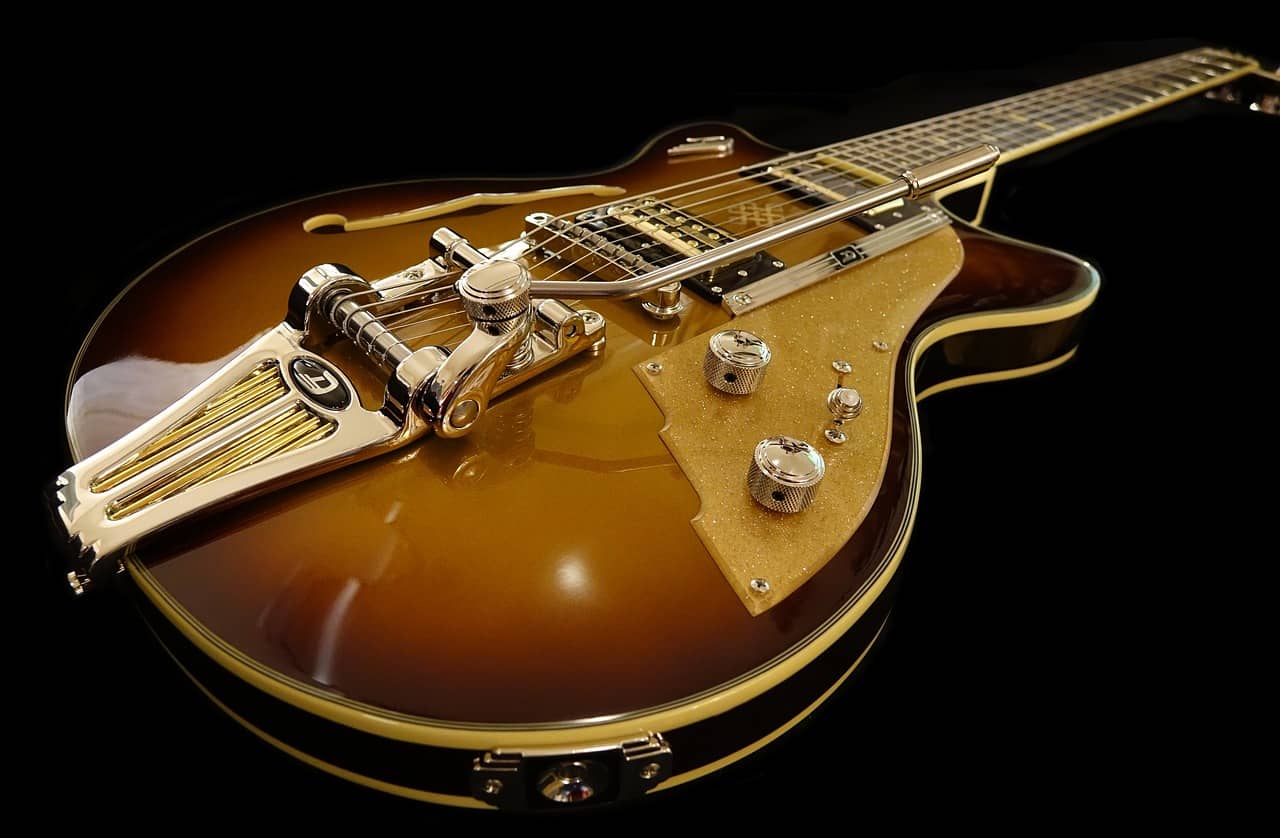

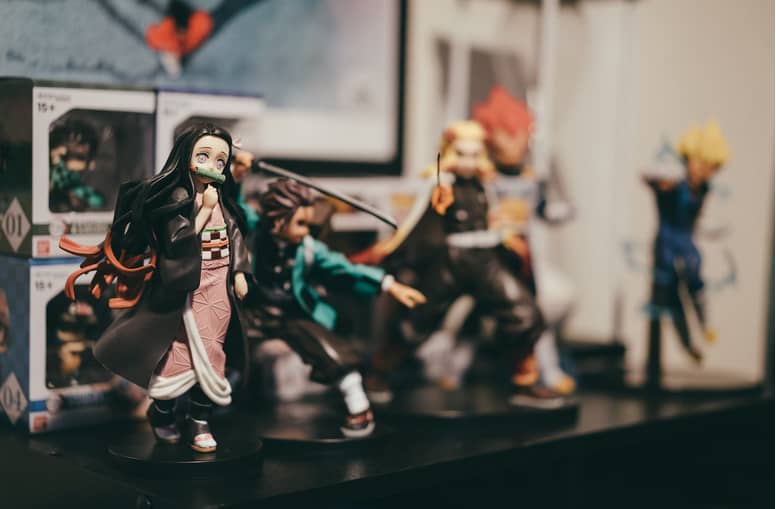




 When it comes to whiskey, scotch is one of the most well-known types. It originates from Scotland and is made from malted barley. There are 2 different types of scotch whisky: single malt and blended. Single malt scotch is made only from malted barley, while blended scotch contains a mixture of both malted barley and other grains.
When it comes to whiskey, scotch is one of the most well-known types. It originates from Scotland and is made from malted barley. There are 2 different types of scotch whisky: single malt and blended. Single malt scotch is made only from malted barley, while blended scotch contains a mixture of both malted barley and other grains. White whiskey is a type of unaged whiskey. It’s made from a mash of grains, usually including corn, rye, and barley. The word “white” refers to the clear color of the spirit. White whiskey is a good choice if you’re looking for a smooth, light-bodied whiskey. It can be enjoyed on its own or used in cocktails.
White whiskey is a type of unaged whiskey. It’s made from a mash of grains, usually including corn, rye, and barley. The word “white” refers to the clear color of the spirit. White whiskey is a good choice if you’re looking for a smooth, light-bodied whiskey. It can be enjoyed on its own or used in cocktails.
 As someone who loves to grind in video games, I can wholeheartedly say that Runescape is an excellent grinding game. From gathering materials to leveling up your combat skills, there’s always something to do in the game. And, because there are so many things you can do, the grinding never feels like a chore. You can switch up your activities as often as you like, which keeps the game feeling fresh.
As someone who loves to grind in video games, I can wholeheartedly say that Runescape is an excellent grinding game. From gathering materials to leveling up your combat skills, there’s always something to do in the game. And, because there are so many things you can do, the grinding never feels like a chore. You can switch up your activities as often as you like, which keeps the game feeling fresh.
 Last but not least, there’s an insane amount of content in Runescape. With over 200 quests and countless hours of gameplay, you’ll never get bored of the game. Plus, with new updates being released all the time, there’s always something new to experience. These are just a few of the reasons why Runescape is one of the best games ever made. If you’re looking for an immersive and addicting online game, look no further than Runescape. You won’t be disappointed. Thanks for reading.
Last but not least, there’s an insane amount of content in Runescape. With over 200 quests and countless hours of gameplay, you’ll never get bored of the game. Plus, with new updates being released all the time, there’s always something new to experience. These are just a few of the reasons why Runescape is one of the best games ever made. If you’re looking for an immersive and addicting online game, look no further than Runescape. You won’t be disappointed. Thanks for reading.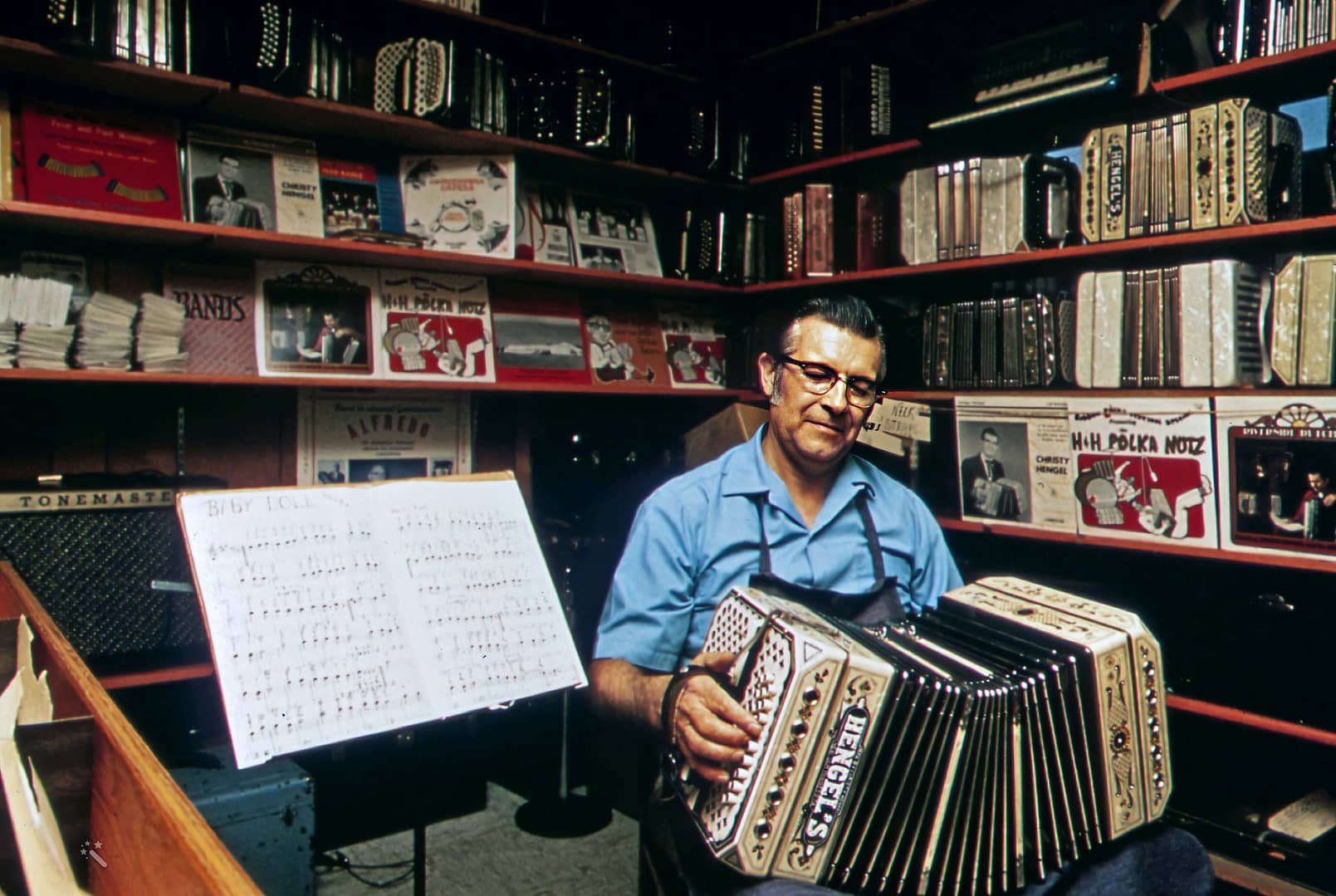
 The type of wood used in a concertina can significantly impact the instrument’s sound and playability. If you’re not sure what kind of wood you’re looking for, doing some research beforehand can be helpful. Different woods will produce different tones, so choosing one that matches your musical style is essential. For example, maple is a popular choice for its bright, crisp sound, while rosewood is known for its warm, mellow tone.
The type of wood used in a concertina can significantly impact the instrument’s sound and playability. If you’re not sure what kind of wood you’re looking for, doing some research beforehand can be helpful. Different woods will produce different tones, so choosing one that matches your musical style is essential. For example, maple is a popular choice for its bright, crisp sound, while rosewood is known for its warm, mellow tone. Of course, one of the most important factors to consider when buying a used concertina is price. Concertinas can range from a few hundred dollars to several thousand, so it’s essential to set a budget before you start shopping. Keep in mind that the price varies depending on its quality and the seller. With a little bit of effort, you should be able to find a great deal on a used concertina that fits your budget.
Of course, one of the most important factors to consider when buying a used concertina is price. Concertinas can range from a few hundred dollars to several thousand, so it’s essential to set a budget before you start shopping. Keep in mind that the price varies depending on its quality and the seller. With a little bit of effort, you should be able to find a great deal on a used concertina that fits your budget.
 The venue can make or break your concert experience. Make sure to pick a venue that is the right size for the artist you are seeing. You don’t want to be too close to the stage where you can’t see anything but the artist’s head, and you also don’t want to be so far away that you can barely hear the music. Also, look at the seating chart to pick the best seat for your needs.
The venue can make or break your concert experience. Make sure to pick a venue that is the right size for the artist you are seeing. You don’t want to be too close to the stage where you can’t see anything but the artist’s head, and you also don’t want to be so far away that you can barely hear the music. Also, look at the seating chart to pick the best seat for your needs. What you wear to a concert depends on the type of music and the venue. You want to be comfortable, but you also want to look good if you are in the front row and on camera.
What you wear to a concert depends on the type of music and the venue. You want to be comfortable, but you also want to look good if you are in the front row and on camera. This is the most important tip of all. A concert is a time to let loose and have fun. Dance, sing along, and enjoy the moment. Don’t worry about taking pictures or videos; soak up the experience and create memories that will last a lifetime. Now that you know what to keep in mind when attending a music concert, it’s time to start planning your next show.
This is the most important tip of all. A concert is a time to let loose and have fun. Dance, sing along, and enjoy the moment. Don’t worry about taking pictures or videos; soak up the experience and create memories that will last a lifetime. Now that you know what to keep in mind when attending a music concert, it’s time to start planning your next show.
 Playing football is an exciting game that can be enjoyed by players of all ages and experience levels. The sport features fast-paced action, like when a player runs around defenders to score or intercept the ball from another team. For those interested in playing but have yet to do so, there are other benefits as well! This game will help you build friendships, be active and even learn anti-bullying skills. You will learn how to work together as a group with other players to win games against opponents.
Playing football is an exciting game that can be enjoyed by players of all ages and experience levels. The sport features fast-paced action, like when a player runs around defenders to score or intercept the ball from another team. For those interested in playing but have yet to do so, there are other benefits as well! This game will help you build friendships, be active and even learn anti-bullying skills. You will learn how to work together as a group with other players to win games against opponents. Playing football is a great way to meet new people. Whether you play in an indoor or outdoor league, there are plenty of opportunities for players who want to expand their social circles through the game. There are plenty of players who enjoy the life game. If you play long enough, you’ll meet some people that become like family to you because they’re always there with their support and advice through thick and thin. You might even end up playing on a team with your spouse or partner! It’s a great way to bond.
Playing football is a great way to meet new people. Whether you play in an indoor or outdoor league, there are plenty of opportunities for players who want to expand their social circles through the game. There are plenty of players who enjoy the life game. If you play long enough, you’ll meet some people that become like family to you because they’re always there with their support and advice through thick and thin. You might even end up playing on a team with your spouse or partner! It’s a great way to bond. Football is a complex sport with lots of rules, but it’s also an entertaining game. The benefits are endless and the cost to play is low. You can even get in on some football action without ever stepping foot onto the field! If you’re curious about this great American pastime. When you play football, it’s so much more than just a game. It’s an opportunity to be part of something bigger. You can’t describe the camaraderie and sense of belonging that comes with being on the field in words – but one thing is for sure – whether you’re playing or watching, there will always be plenty of smiles!
Football is a complex sport with lots of rules, but it’s also an entertaining game. The benefits are endless and the cost to play is low. You can even get in on some football action without ever stepping foot onto the field! If you’re curious about this great American pastime. When you play football, it’s so much more than just a game. It’s an opportunity to be part of something bigger. You can’t describe the camaraderie and sense of belonging that comes with being on the field in words – but one thing is for sure – whether you’re playing or watching, there will always be plenty of smiles!






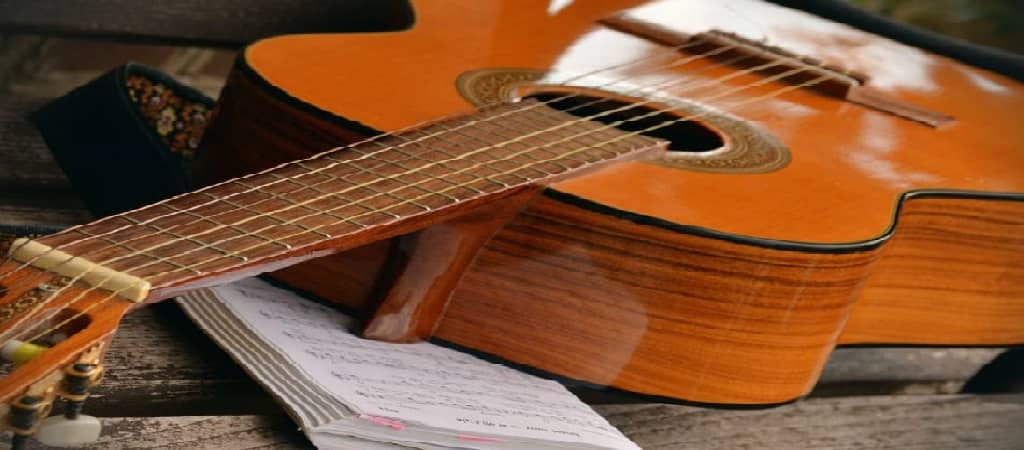


 Everyone loves the theater especially when there is something to look forward to. In Houston, there isn’t that much difference. A movie theater is fun especially when you have a great company. Going about it alone won’t give you much pleasure and fun. Instead, you will only end up wishing you brought someone along.
Everyone loves the theater especially when there is something to look forward to. In Houston, there isn’t that much difference. A movie theater is fun especially when you have a great company. Going about it alone won’t give you much pleasure and fun. Instead, you will only end up wishing you brought someone along.
 songs, and that will be all. However, if you want to create a whole new experience, you should consider hiring a live band to offer live music. A live bad will give your event a sense of elegance and classy if you are looking for such standards. This is because not all events will have the experience of a live band.
songs, and that will be all. However, if you want to create a whole new experience, you should consider hiring a live band to offer live music. A live bad will give your event a sense of elegance and classy if you are looking for such standards. This is because not all events will have the experience of a live band. If you choose to hire a live band, you will not regret because the band has experience on how to entertain the audience. For example, the band will know when the audience is bored with a given genre of songs and will increase the tempo and play a different genre to bring back the energy and fun. This will ensure your event remains to be fun for the guests and will create good memories for them.
If you choose to hire a live band, you will not regret because the band has experience on how to entertain the audience. For example, the band will know when the audience is bored with a given genre of songs and will increase the tempo and play a different genre to bring back the energy and fun. This will ensure your event remains to be fun for the guests and will create good memories for them.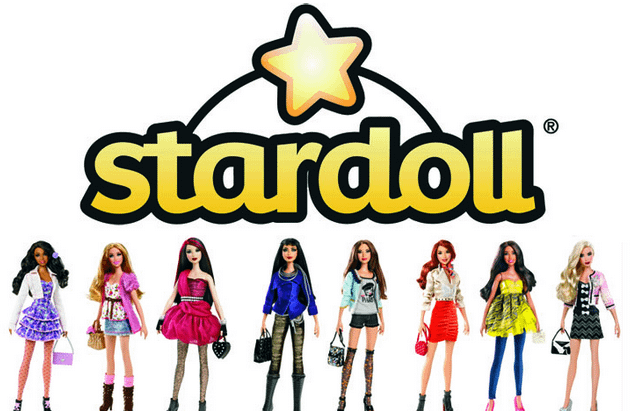
 To begin playing Stardoll, membership is required and this is free. Most of the features allowed for the game can also freely be accessed. There are many activities to be done in the game for members to obtain more coins which help in unlocking more items that they can use in the game.
To begin playing Stardoll, membership is required and this is free. Most of the features allowed for the game can also freely be accessed. There are many activities to be done in the game for members to obtain more coins which help in unlocking more items that they can use in the game. a long time hence its developers have employed the latest security measures and technologies for encryption which in return guarantees top notch security for payments made by members. The system is also designed not to hold credit and financial card numbers, and information existing in the servers is encrypted with SSL before being transmitted to users.
a long time hence its developers have employed the latest security measures and technologies for encryption which in return guarantees top notch security for payments made by members. The system is also designed not to hold credit and financial card numbers, and information existing in the servers is encrypted with SSL before being transmitted to users.

